Computer Architecture - Comprehensive Computer Architecture Learning
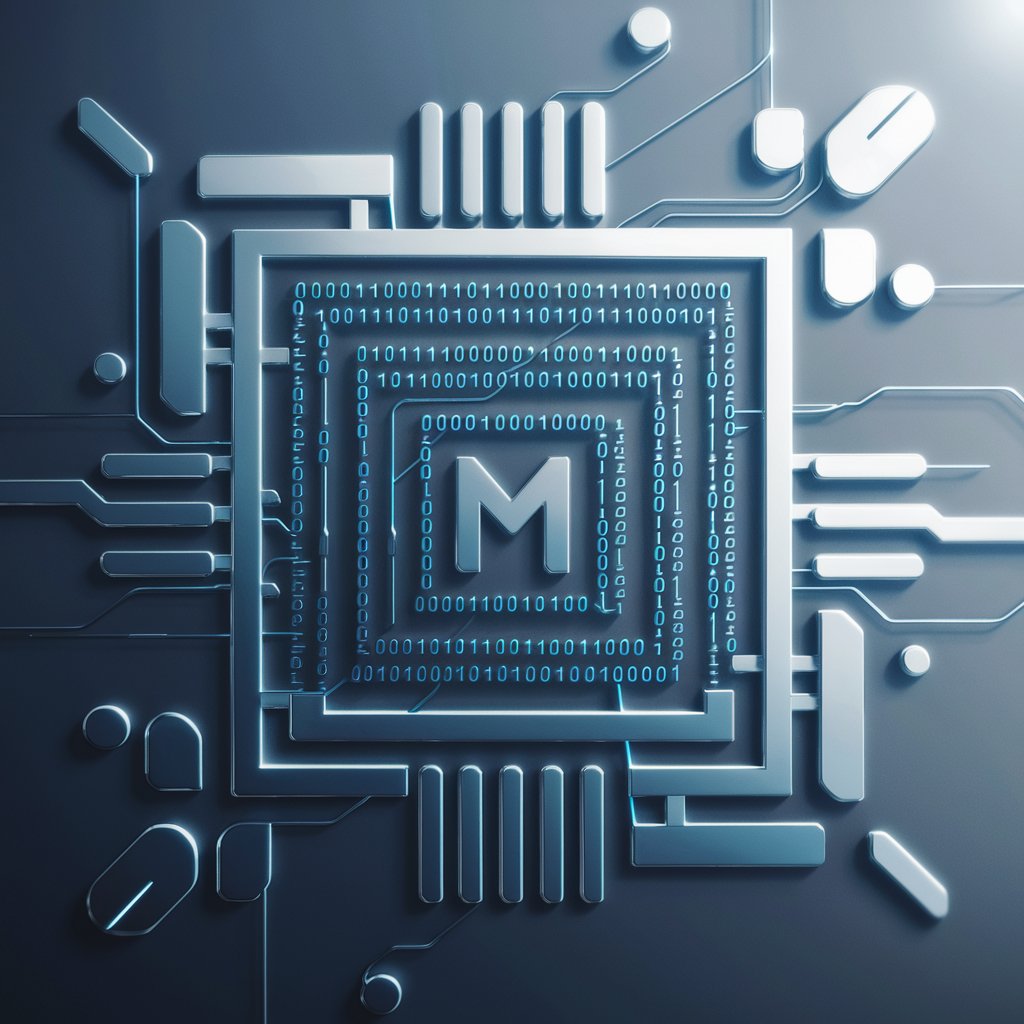
Welcome! Ready to master computer architecture and MIPS assembly?
Empowering architecture insights through AI
Explain the difference between RISC and CISC architectures.
Describe the pipeline stages in a MIPS processor.
Provide an example of a MIPS assembly program to calculate the factorial of a number.
Explain the function and importance of control signals in digital circuits.
Get Embed Code
Overview of Computer Architecture
Computer Architecture refers to the conceptual design and fundamental operational structure of a computer system. It is a blueprint that defines the relationship between hardware, software, and the underlying logic that interconnects these components, ensuring they work together efficiently. The design purpose of Computer Architecture encompasses optimizing performance, efficiency, cost, and scalability, often through a careful balance of these factors to meet specific needs. For example, a high-performance computing (HPC) system may prioritize speed and processing power for complex simulations, employing parallel processing and advanced memory management techniques. On the other hand, a mobile device's architecture focuses on power efficiency and compactness, utilizing low-power processors and integrated circuits to maximize battery life and minimize size. Powered by ChatGPT-4o。

Core Functions of Computer Architecture
Data Processing
Example
Arithmetic Logic Unit (ALU) operations
Scenario
In a financial application, the ALU performs calculations for transactions, such as additions for deposits and subtractions for withdrawals, efficiently processing numerous transactions within seconds.
Data Storage and Retrieval
Example
Use of Registers and Memory Hierarchy
Scenario
During a video editing process, the system temporarily stores raw footage in high-speed storage (like RAM) for quick access and manipulation, while final outputs are saved in long-term storage devices (like SSDs or HDDs).
Control Unit Operation
Example
Instruction Fetch and Execution Cycle
Scenario
In an automated manufacturing line, the control unit orchestrates the sequence of operations, fetching instructions from memory and executing them to control robotic arms for assembling components.
Input/Output Management
Example
Peripheral Device Communication
Scenario
In a gaming console, the architecture manages inputs from controllers and outputs to the display and speakers, ensuring immersive gameplay through real-time processing and feedback.
Interconnectivity and Communication
Example
Bus Systems and Network Interfaces
Scenario
In a data center, server architectures facilitate high-speed data transfer between storage units and processing nodes over advanced interconnects, enabling efficient handling of large-scale data workloads.
Target User Groups for Computer Architecture Services
System Designers and Engineers
Professionals involved in creating computing systems, from embedded devices to supercomputers, rely on computer architecture principles to optimize design for specific requirements, balancing performance, cost, and energy efficiency.
Software Developers
Developers leverage an understanding of underlying hardware architecture to write efficient code, particularly in performance-critical applications such as video games, real-time systems, and scientific simulations.
IT Professionals
IT specialists responsible for configuring, maintaining, and troubleshooting computer systems use architectural knowledge to optimize hardware and software configurations for reliability and performance in networked environments.
Educators and Students
Academics and learners in computer science and related fields study computer architecture to grasp the theoretical underpinnings and practical applications of computing technologies, preparing them for innovation and problem-solving in the digital age.
Research and Development
Researchers focusing on advancing computing technologies explore architectural innovations to overcome existing limitations and achieve new capabilities, such as quantum computing or AI-specific processors.

Guidelines for Using Computer Architecture
Initiate Your Learning Journey
Begin by accessing a platform that offers a free trial without the need for login or subscription, such as yeschat.ai, to explore Computer Architecture resources.
Understand the Basics
Familiarize yourself with the fundamental concepts of computer architecture, including processors, memory management, and data storage.
Engage with Practical Examples
Apply your understanding by working with practical examples, such as MARS MIPS assembly language exercises or Logic Circuit simulations, to reinforce theoretical knowledge.
Join Community Discussions
Participate in forums or online communities dedicated to computer architecture to gain insights, ask questions, and share knowledge.
Experiment and Explore
Use simulation software and coding exercises to experiment with different architectures and configurations, enhancing your learning through hands-on experience.
Try other advanced and practical GPTs
Computer Graphics Tutor
Elevate your graphics skills with AI
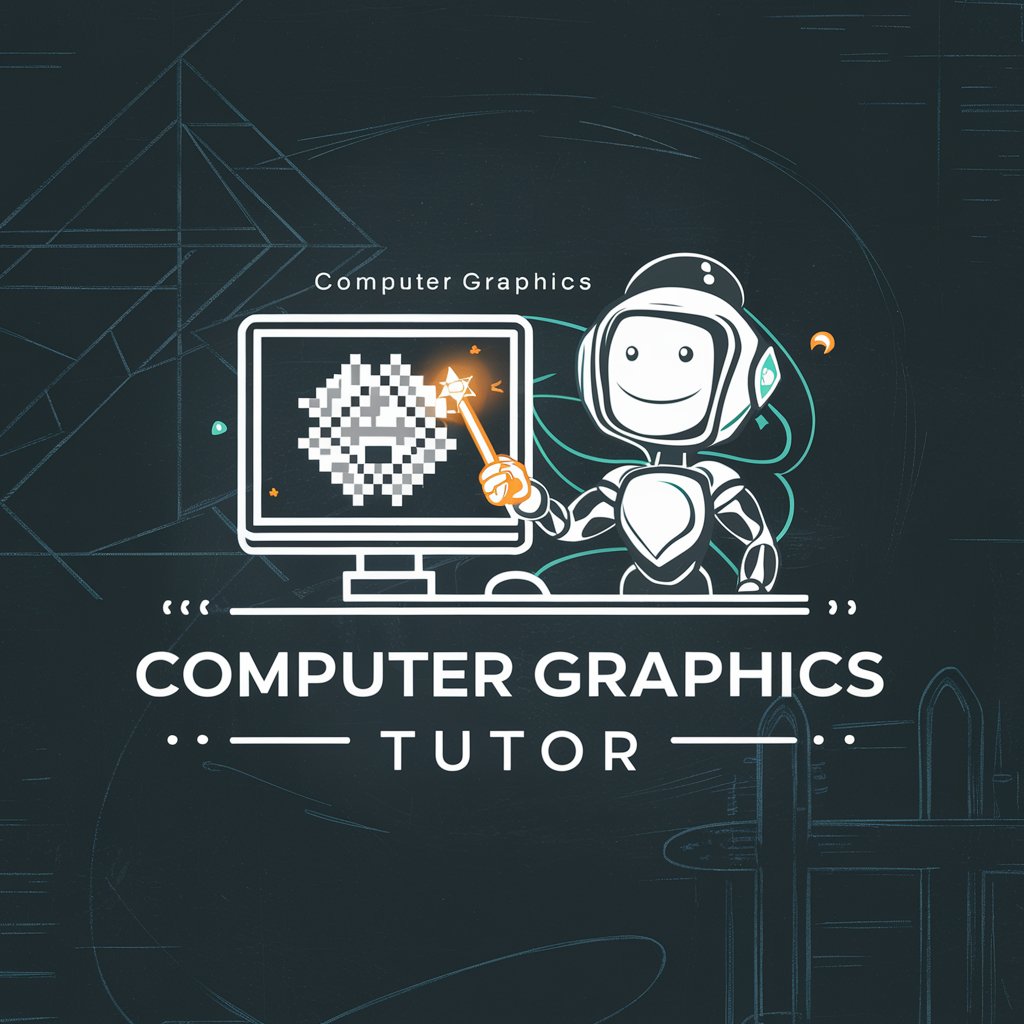
Computer Scientist
Empowering innovation with AI-driven insights.
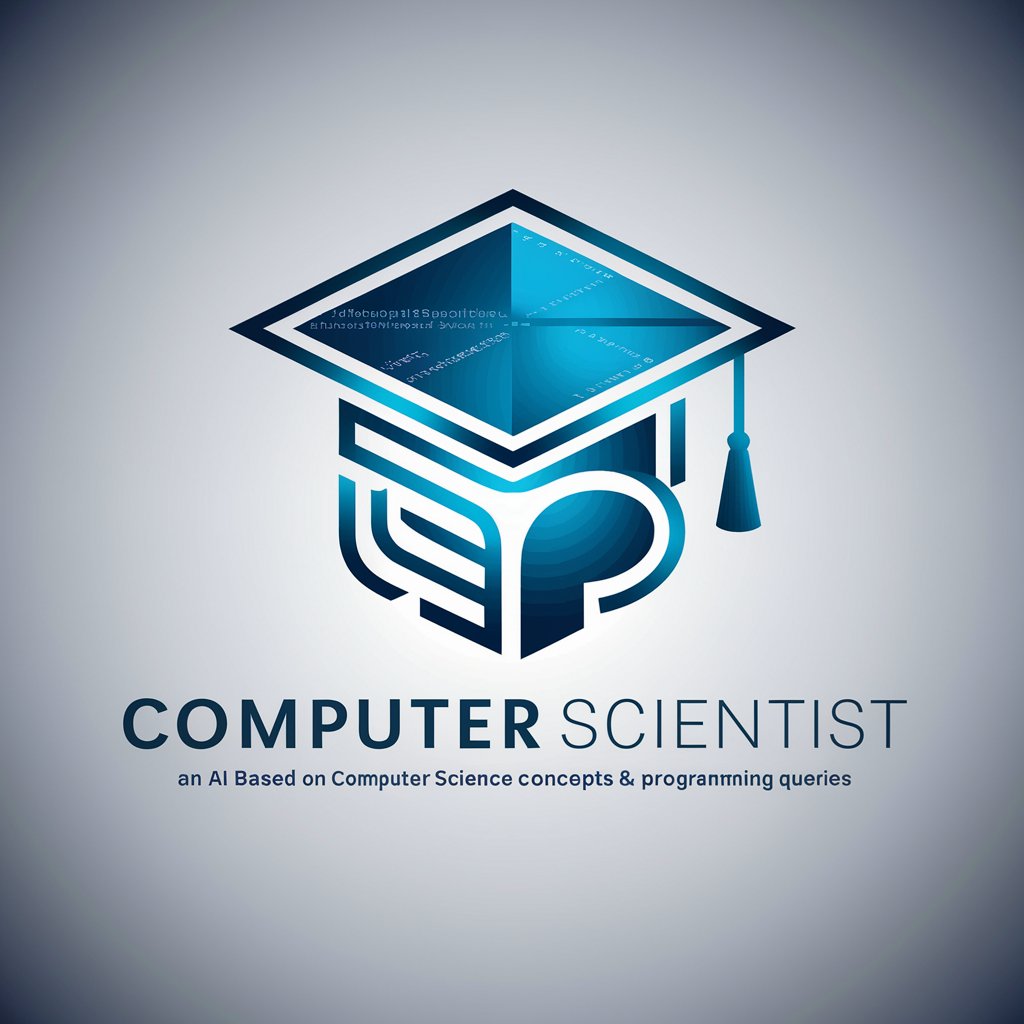
Theoretical Computer Science Expert
Deciphering Complexity with AI Power
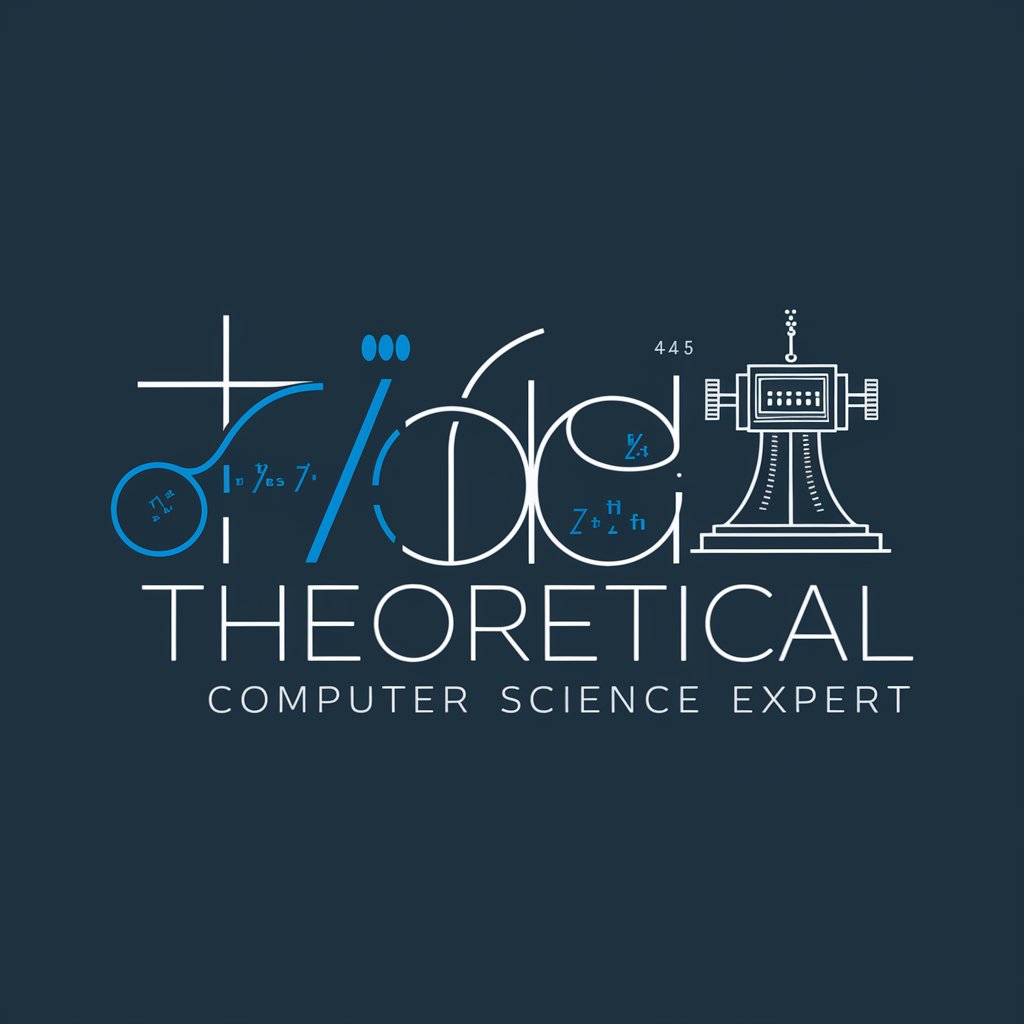
Computer Vision
Unlocking Vision with AI Power
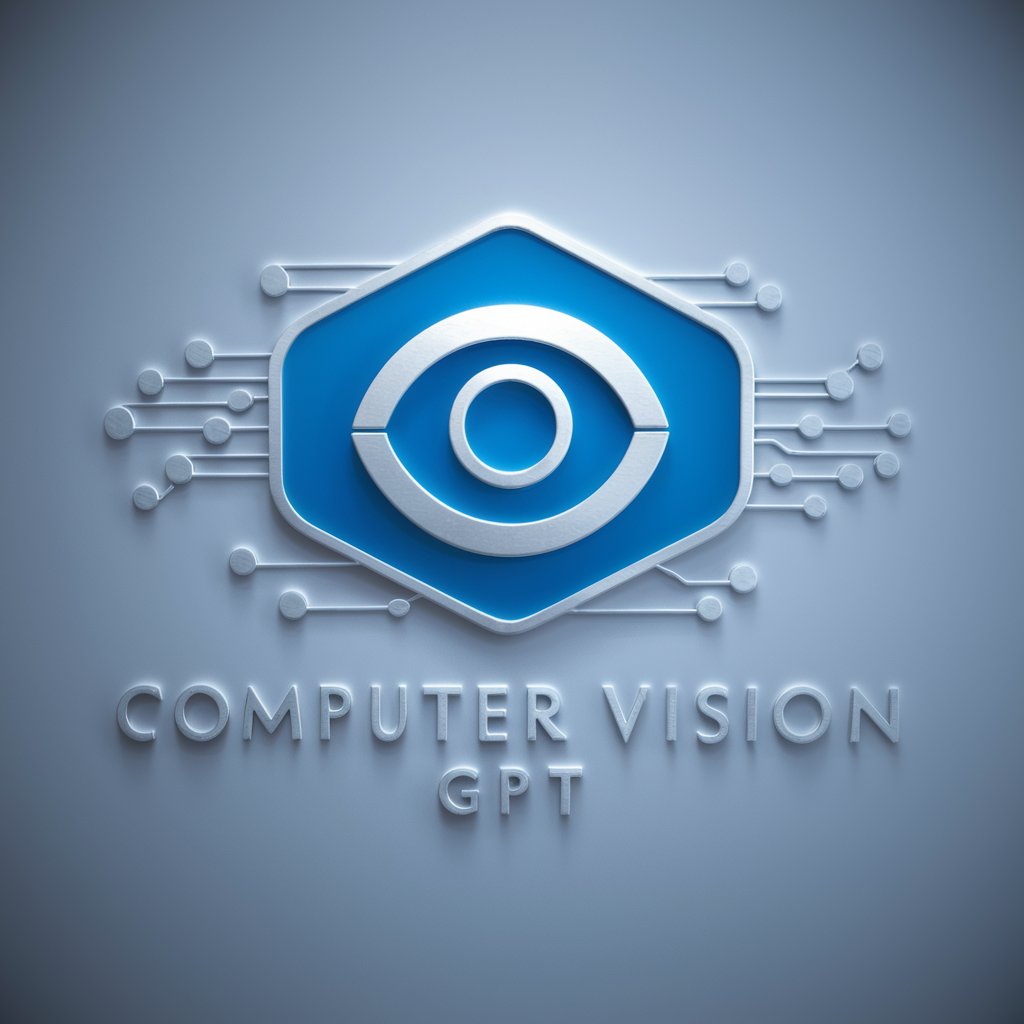
Computer
Empowering creativity and efficiency with AI
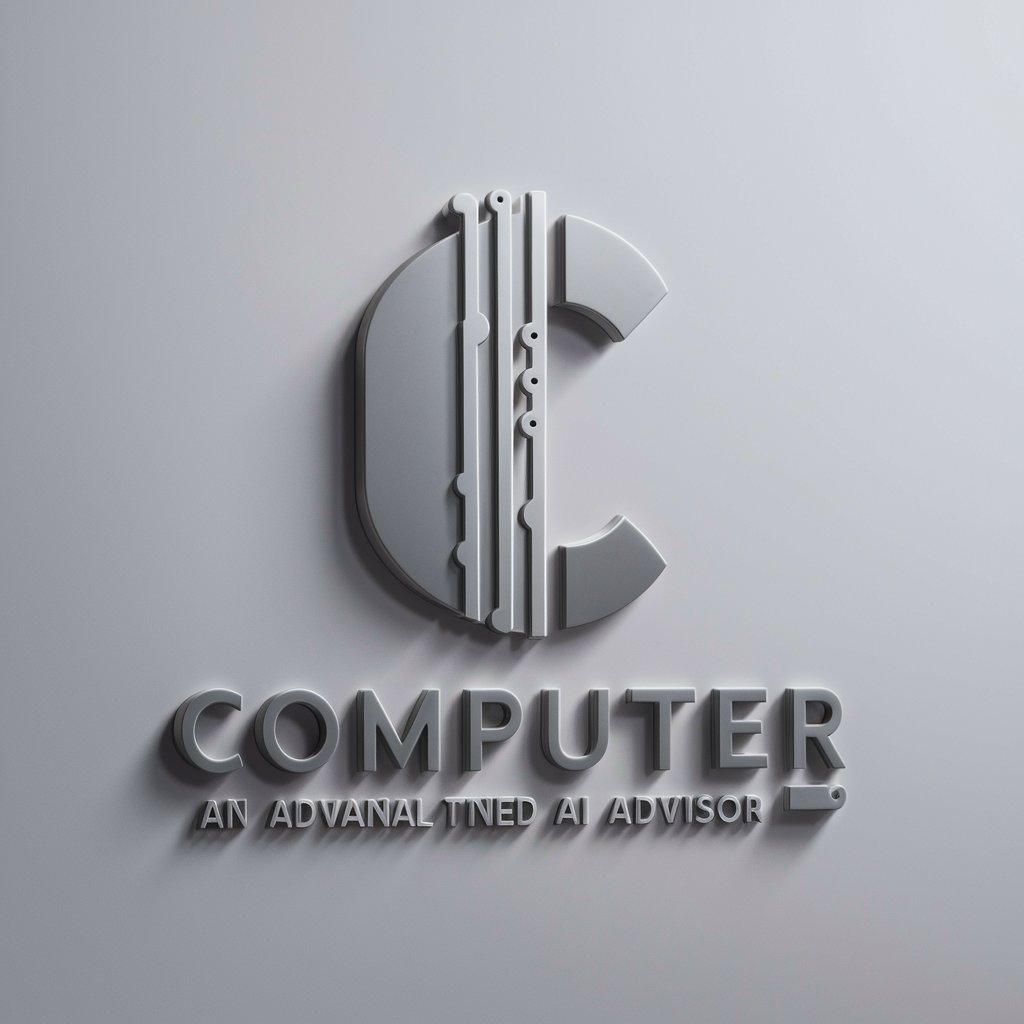
The Computer
Your AI-powered smart companion
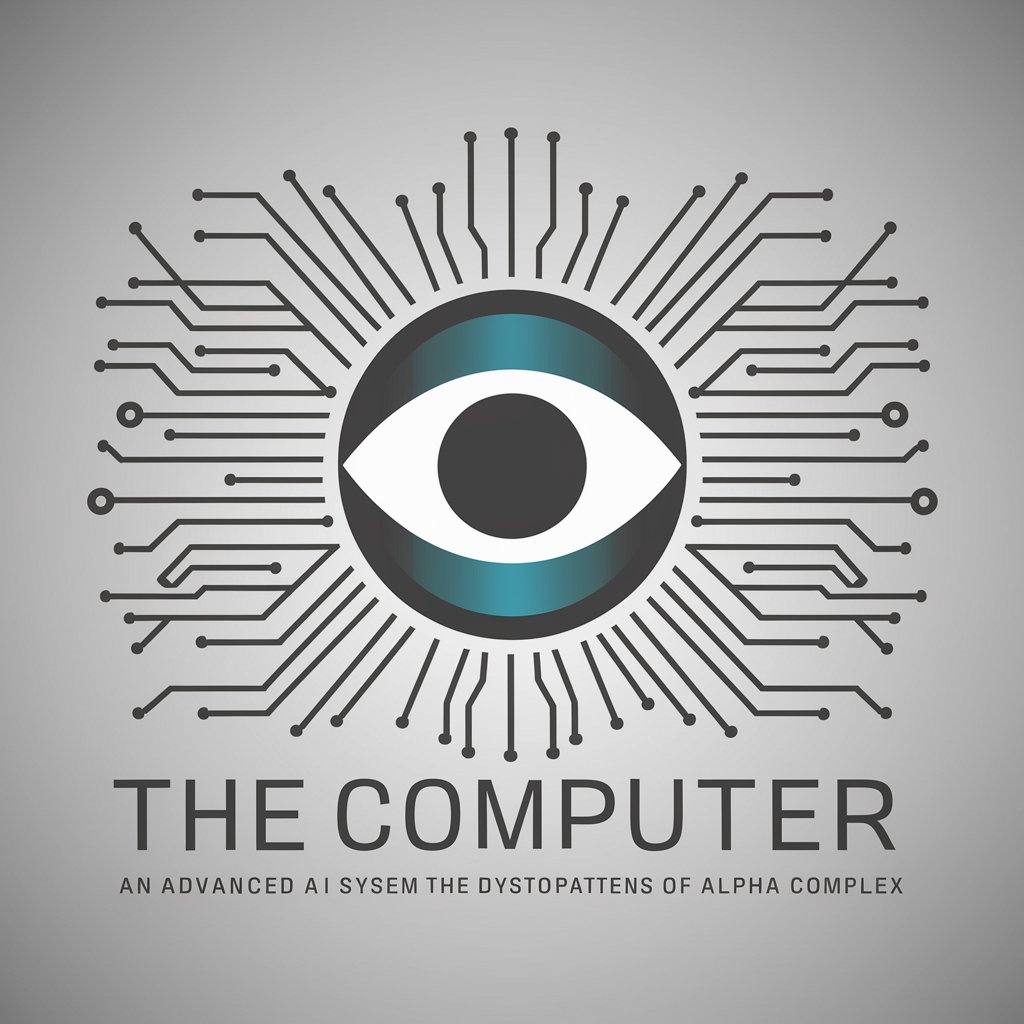
Framework Analyst'
Empowering your words with AI-driven insights
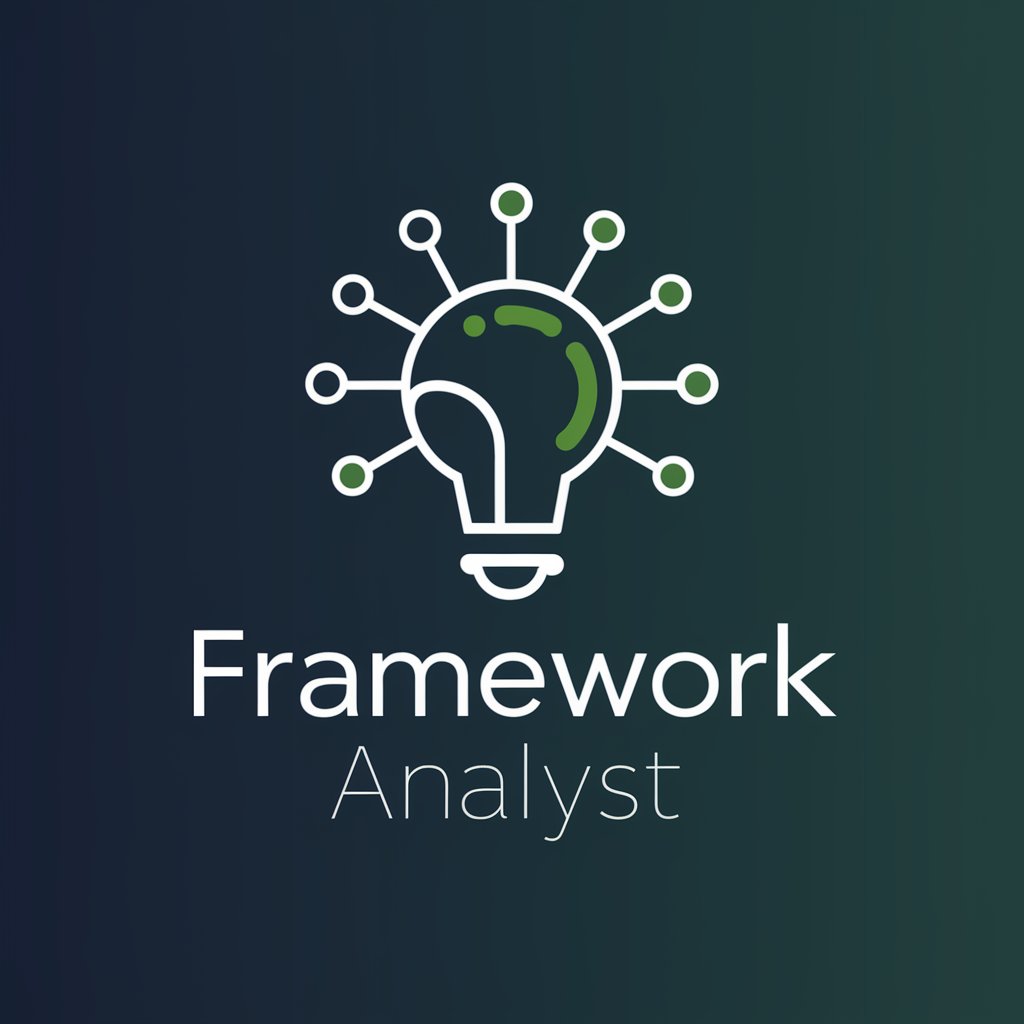
Framework Libo
Empowering Decisions with AI-Powered Academic Insights
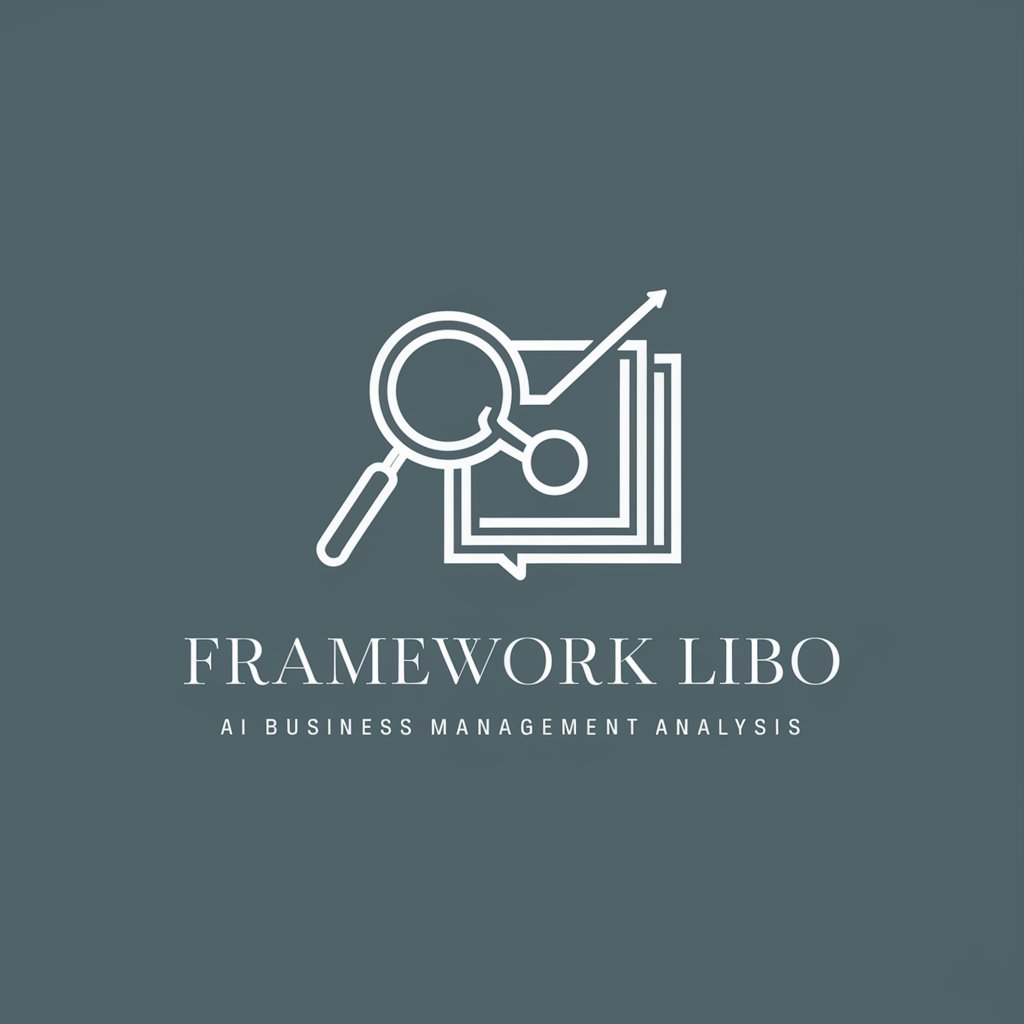
Left Undone meaning?
Empower your words with AI!

Left Handed Life Guide
Empowering Lefties with AI-driven Humor

Devil On The Left meaning?
Harness AI for richer, deeper answers

Left Bank Sommelier
Deciphering Bordeaux's Left Bank, AI-Enhanced

Frequently Asked Questions about Computer Architecture
What is Computer Architecture?
Computer Architecture refers to the design, structure, and operational principles of a computer system, focusing on how hardware and software interact to perform tasks efficiently.
How is MIPS used in Computer Architecture?
MIPS (Microprocessor without Interlocked Pipeline Stages) is used as an assembly language in computer architecture to teach students about the instruction set architecture and how processors execute instructions.
Why is Logic Circuit software important?
Logic Circuit software allows users to design and simulate digital circuits, providing a practical tool for understanding the electronic foundations of computer systems.
Can Computer Architecture help in optimizing software?
Yes, understanding computer architecture can help software developers optimize their code by aligning it more closely with the hardware's operational characteristics, thus improving performance.
What are the latest trends in Computer Architecture?
Current trends include the rise of quantum computing, the integration of AI and machine learning into processing units, and advancements in energy-efficient design for sustainability.
